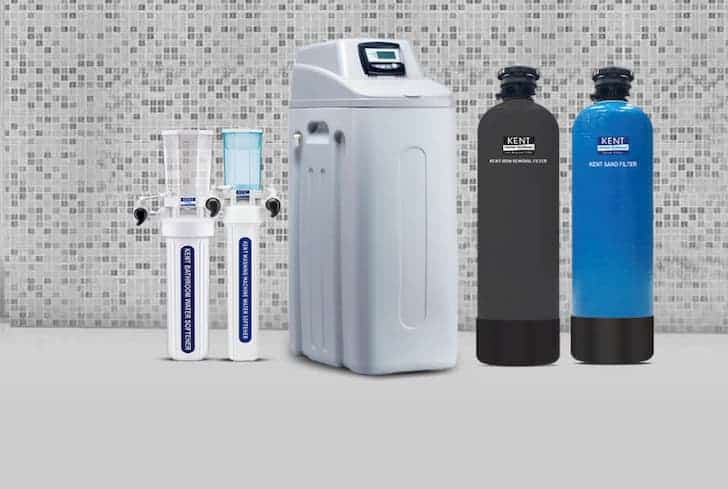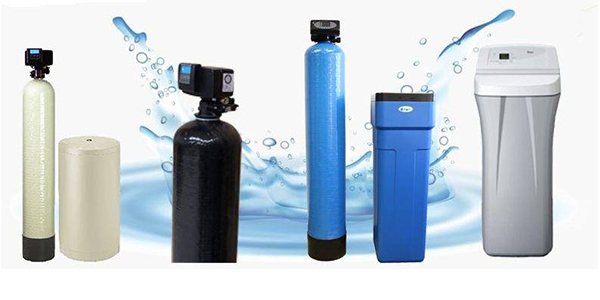Description
. Ion exchange
It is the most common type of water softener and is well known for its domestic use. It replaces the metal ions of calcium and magnesium with sodium ions. Sodium ions do not possess the damaging that arises from filled with calcium or magnesium ions.
For the device to work, a large tank is filled with salt pellets and then comes in the hard water. Sodium ions do not possess the damaging effects that arise from using water filled with calcium or magnesium ions.
2. Salt-free
It is a device which possesses several shortcomings as it uses a mechanical filter to remove calcium. It is ineffective with water that has magnesium as it cannot remove the metal element. It, therefore, does not work particularly well with hard water. In other words, it is generally purposed for removing calcium from hard water.
3. Reverse osmosis
The device allows water to pass through a semipermeable membrane which removes about 98% of impurities. It uses a considerable amount of water and is pretty expensive. However, it is very good at removing chemical impurities such as magnesium, calcium, and others.




Reviews
There are no reviews yet.